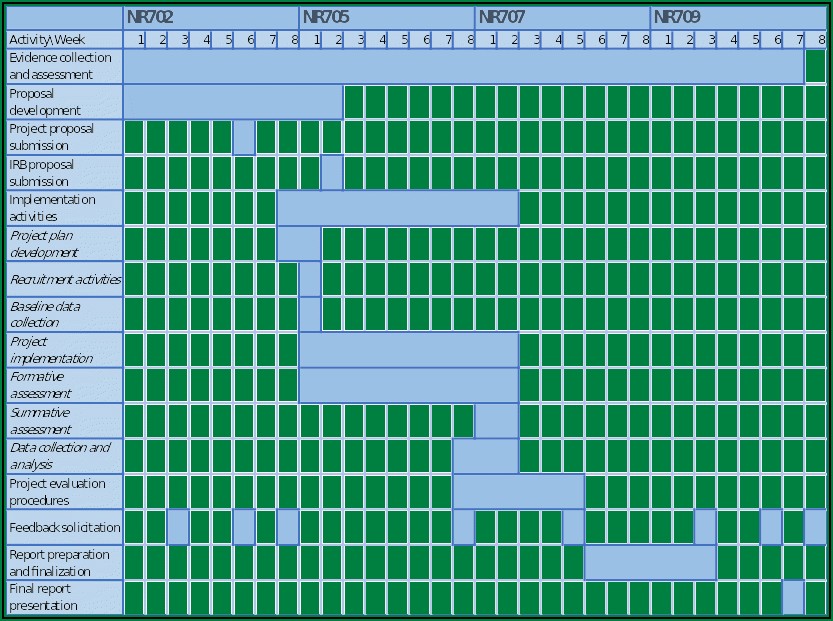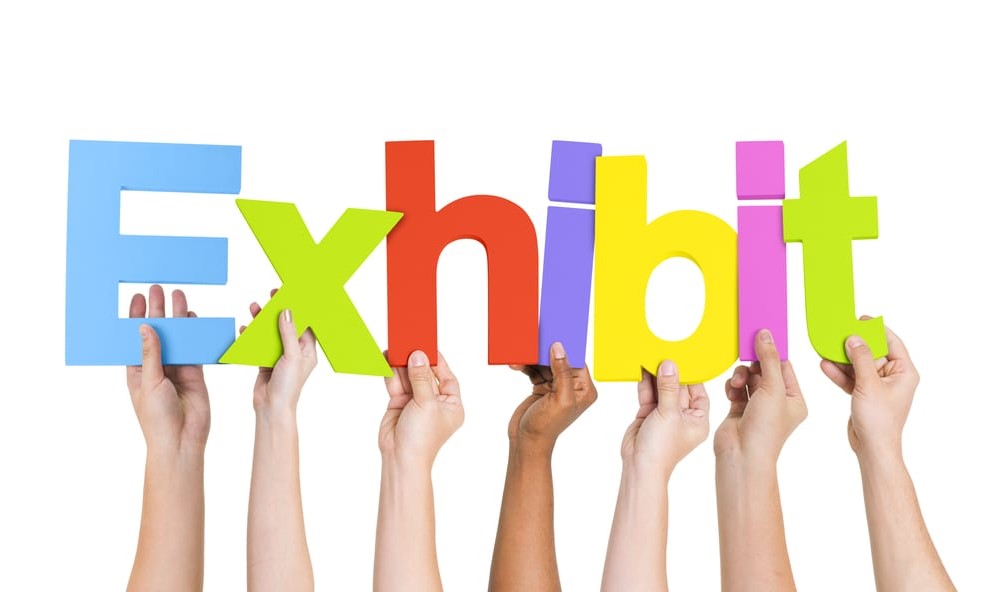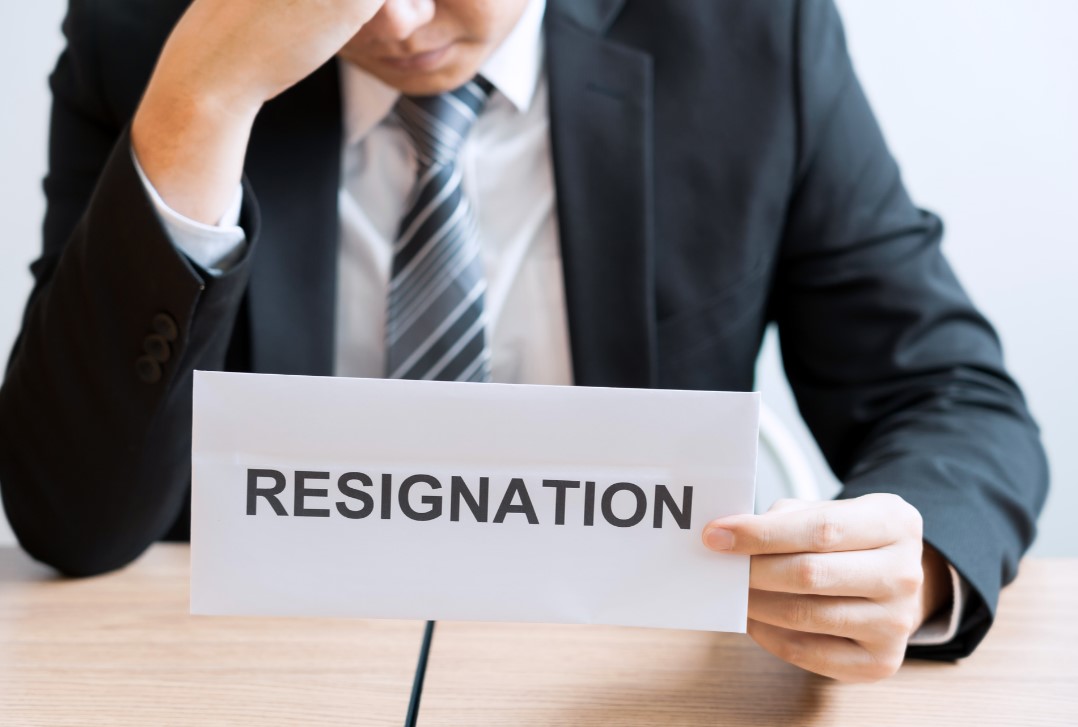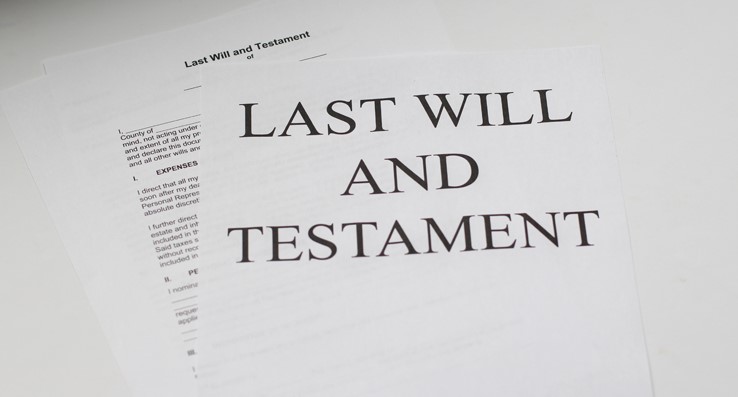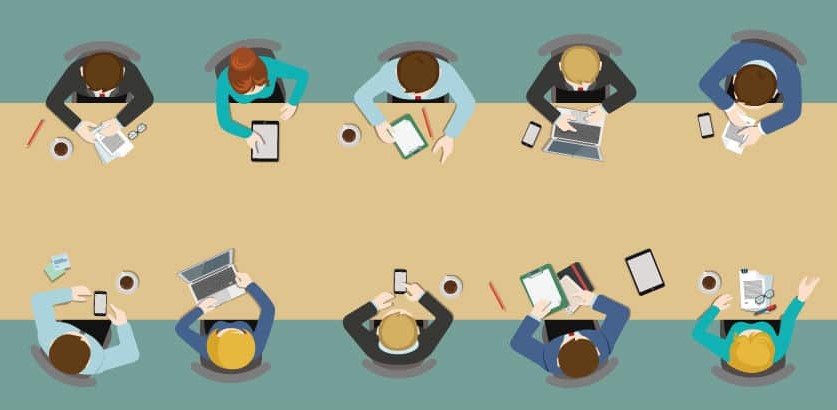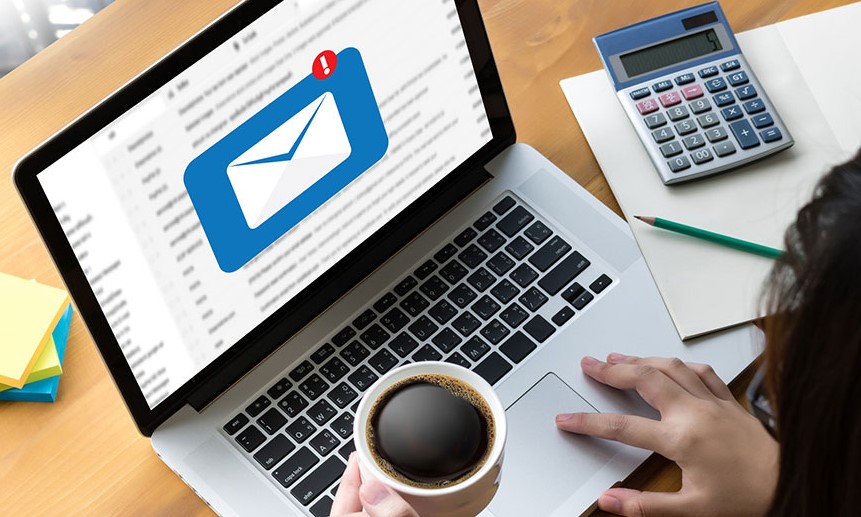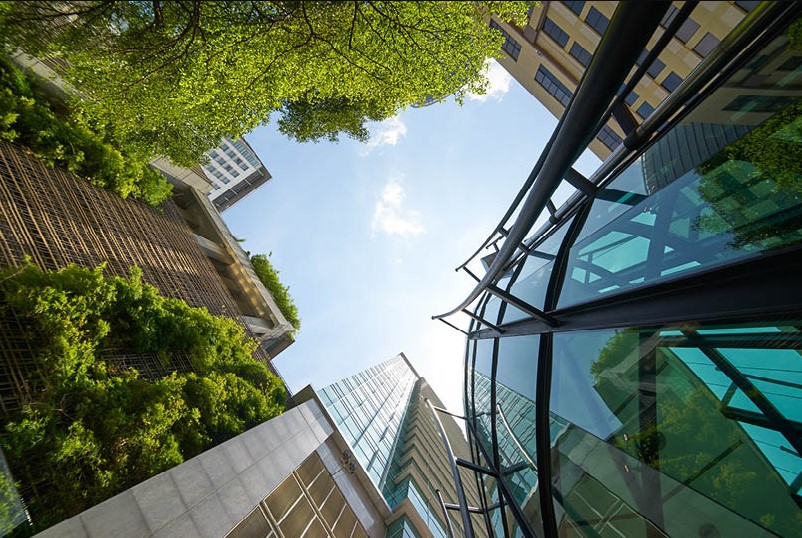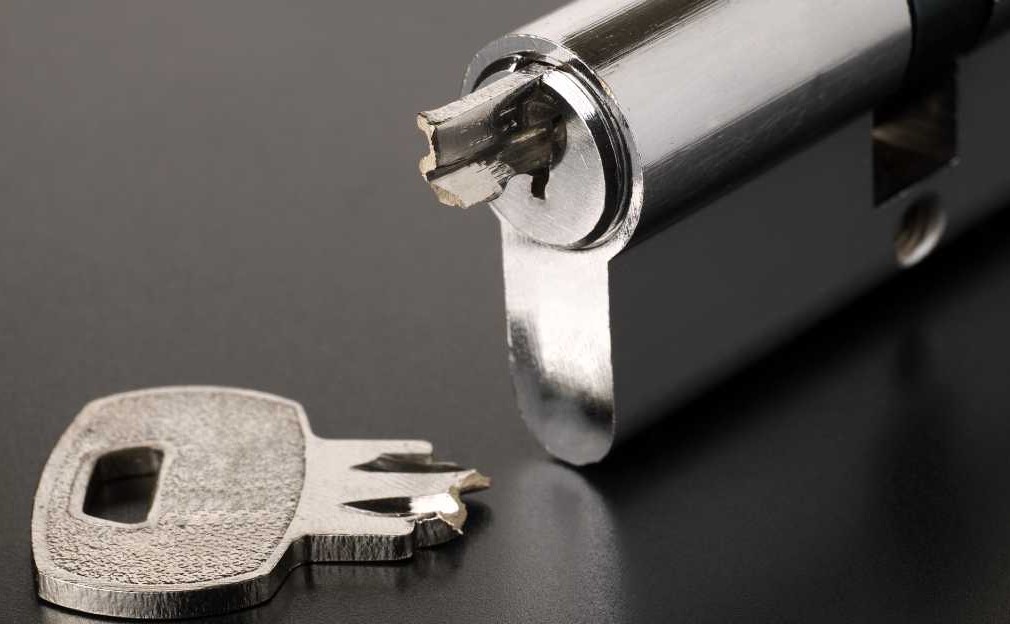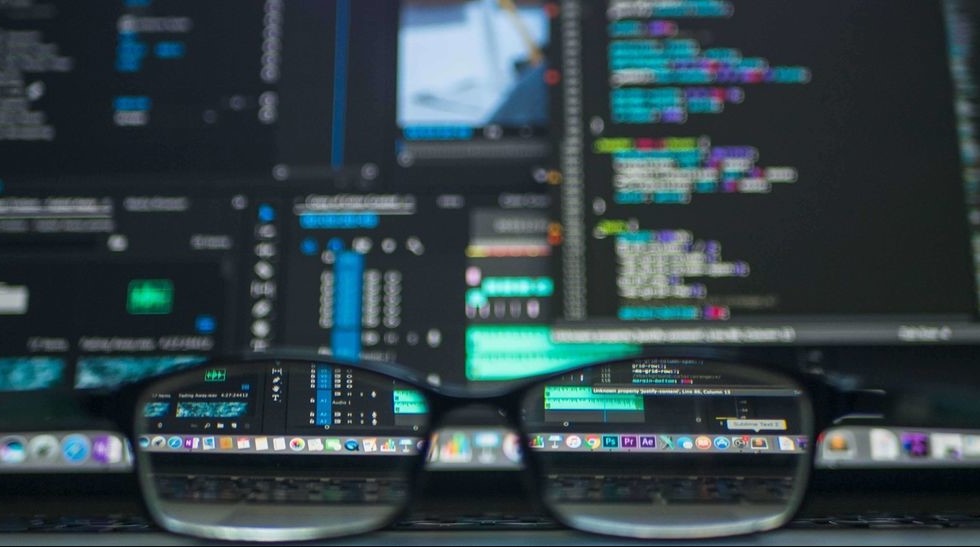In any event, when utilizing the meeting scene’s in-house recording offices, there are still factors you really want to consider which will boost the odds of an unmistakable recording and which it would be reasonable to talk about with the organization you use. Their responses to these inquiries will likewise empower you to pass judgment if the recording organization knows a great deal!
1. Seek expert assistance
when recording meetings or workshops. With numerous speakers in huge rooms or individual discourses from a platform, look for proficient assistance to guarantee that everything is plainly recorded. A setting represent considerable authority in facilitating meetings will frequently have its own in-house recording framework and have the option to prompt you on the best recording choice, or they can generally suggest a general media organization whom they routinely use. Try not to hold back on this fundamental stage – it will be a bogus economy.
2. Use recording gear that is good for reason.
Advanced recorders produce an astounding sound quality which will eliminate record time, limit the quantity of inaudibles and diminish costs. Not all meeting settings have done the change to advanced, so you might not have total opportunity of decision, however most will utilize unrivaled quality simple recorders with various mouthpieces and ought to have the option to deliver a transmission quality recording. The ideal arrangement is to interface commotion dropping platform receivers or lapel mics to proficient recording hardware by means of an immediate feed. Wandering mouthpieces will likewise be expected to catch any crowd interest.
3. Choose an uncompressed advanced setting
most advanced recorders offer recording settings going from SHQ (sound system top caliber) down to LP (long play). SHQ produces the biggest document size however the best quality. HQ is a decent trade off yet LP creates the most unfortunate quality. Try not to think twice about quality just to save memory space. Use the most elevated uncompressed quality level the recorder offers – issues over document size and timeframe to communicate the computerized records are insignificant contrasted with the development of a decent quality recording.
4. Settle on a suitable advanced sound level and record type
8,000kHz is just truly appropriate for correspondence. 44,100kHz is the most elevated finish of the reach and creates extraordinary accounts yet there is a compromise in bigger record sizes. Guarantee the computerized document type picked is viable with record programming. Record types, for example, WAV, MP3, WMA and DSS will generally be the most well known.
5. Test the hardware
this may not be an issue in case you’re utilizing an expert scene as they will for the most part have a practice and test hardware before the meeting. If you pay attention to any test recording they make, attempt to do as such through headphones. This is the manner by which a typographer will hear the recording.
6. Ensure that all speakers and board individuals have individual receivers,
regardless of whether that be a platform mic or a singular lapel or tie-cut. While a speaker is giving their show, guarantee the wide range of various board individuals’ mouthpieces are wound down, or you’ll catch any spur of the moment remarks! Lapel receivers get voices obviously, yet can likewise get stirring attire so concise the speakers in like manner. Another choice is to utilize a clamor dropping mouthpiece which will eliminate a specific measure of foundation encompassing commotion. For any gathering breakout meetings or gathering conversation designs, one receiver for each 2 individuals is suggested. Try not to attempt to adapt to one amplifier in a huge table and push it towards every individual as they talk. It will just record scratching commotions! For a long time, a blender will be expected to associate every one of the mouthpieces to the recorder.
7. Minimise foundation clamor
regardless of whether it be chat from the crowd or gear obstruction, in case it’s noisy enough, it’ll muffle the speakers’ voices. Guarantee that cups on the top table are not put too close to receivers. Close windows – commotion from traffic, roadworks and planes will all effect on your recording. Except if you utilize a clamor dropping receiver, most mics are not quite so specific as the human ear and can’t sift through superfluous commotion similarly. They record all that they hear and the most intense commotion will rule.
8. In case you are not the meeting coordinator but rather still need to record the gathering you’re joining in, consider reaching the meeting coordinators for a record thereafter. If time doesn’t consider that choice, the main way you’ll get an opportunity of recording anything is to put a microphone on or close to the platform. That being said, there will be issues over input from the sound framework and distance from the speakers, regardless of whether utilizing advanced equipment. Do not utilize a convenient recorder -adjusting a Dictaphone or standard recording device on your knee while sitting in the crowd will not get the discourses from the meeting stage. All that will be recorded is the clamor closest the recorder. You might have the option to hear a speaker unmistakably from the center of a group of people, yet the recorder will get each and every other foundation commotion, regardless of whether that is you jotting takes note of, a neighbor hacking, or the individual three lines back throwing a tantrum. Obviously, this will not deliver a recording that is feasible to decipher.
9. Do not utilize little tapes or miniature tapes
for gatherings. A Dictaphone is just reasonable for recording transcription not far off voices. Recording in an enormous room with foundation clamor, no outer mouthpiece and input from other electronic frameworks is an exercise in futility. The hardware is being approached to record in a climate for which it was rarely planned.
10. Turn off the time-stamp bleep.
A few recorders accompany a choice to embed a bleep at spans. If it’s not too much trouble, turn this off. Each time the recorder embeds a bleep, it will overwhelm any voices and will bring about a fragmented record. Interpreters are knowledgeable about embedding time stamps on the record where needed with no electronic assistance.
We manage tips for the fruitful association and help of meetings in another article – Conferences: Ten Guidelines for Successful Facilitation.





